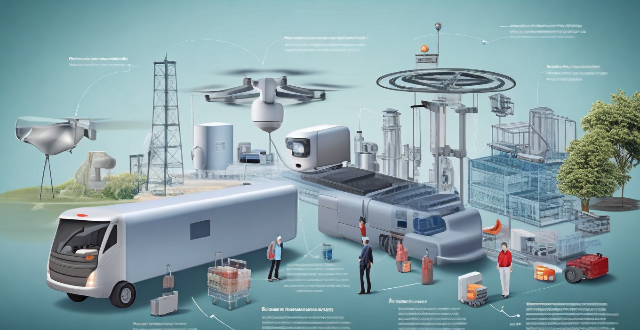The article discusses the various ways technology is used in emergency response, including communication via instant messaging platforms and two-way radios, GPS tracking for vehicles and personnel, data analysis for crime and fire trends, and the use of drones and robots. Technology has made emergency response more efficient and effective by improving communication, location tracking, data analysis, and automation.

The Role of Technology in Emergency Response
Introduction
In the modern world, technology plays a crucial role in emergency response. It has transformed the way emergencies are handled, making it more efficient and effective. In this article, we will discuss the various ways technology is used in emergency response and its benefits.
Communication
*Instant Messaging*
Technology has made communication faster and easier during emergencies. With instant messaging platforms like WhatsApp, Facebook Messenger, and Twitter, information can be shared instantly with a large number of people. This is particularly useful for disseminating important information quickly to the public.
*Two-way Radios*
Two-way radios are still widely used by emergency services personnel for communication purposes. They provide reliable communication even in areas with poor network coverage.
GPS Tracking
*Location Tracking*
GPS tracking systems are used to locate emergency vehicles such as ambulances, fire trucks, and police cars. This helps dispatchers to direct them to the scene of an emergency quickly.
*Personnel Tracking*
During search and rescue operations, GPS tracking devices are used to locate lost or injured individuals. This saves time and resources that would otherwise be spent searching for them.
Data Analysis
*Crime Mapping*
Police departments use crime mapping software to analyze crime data and identify patterns. This helps them to allocate resources effectively and prevent crimes before they occur.
*Fire Data Analysis*
Fire departments use data analysis tools to study fire incidents and identify trends. This helps them to develop strategies for preventing fires and improving response times.
Automation
*Drones*
Drones are increasingly being used in emergency response situations. They can be used for search and rescue operations, monitoring wildfires, and assessing damage caused by natural disasters.
*Robots*
Robots are being developed to assist emergency responders in dangerous situations. For example, robots can be used to enter buildings that have been damaged by earthquakes or explosions to search for survivors.
Conclusion
In conclusion, technology plays a vital role in emergency response. It has made communication faster, location tracking more accurate, data analysis more insightful, and automation more efficient. As technology continues to evolve, it will undoubtedly play an even greater role in emergency response in the future.